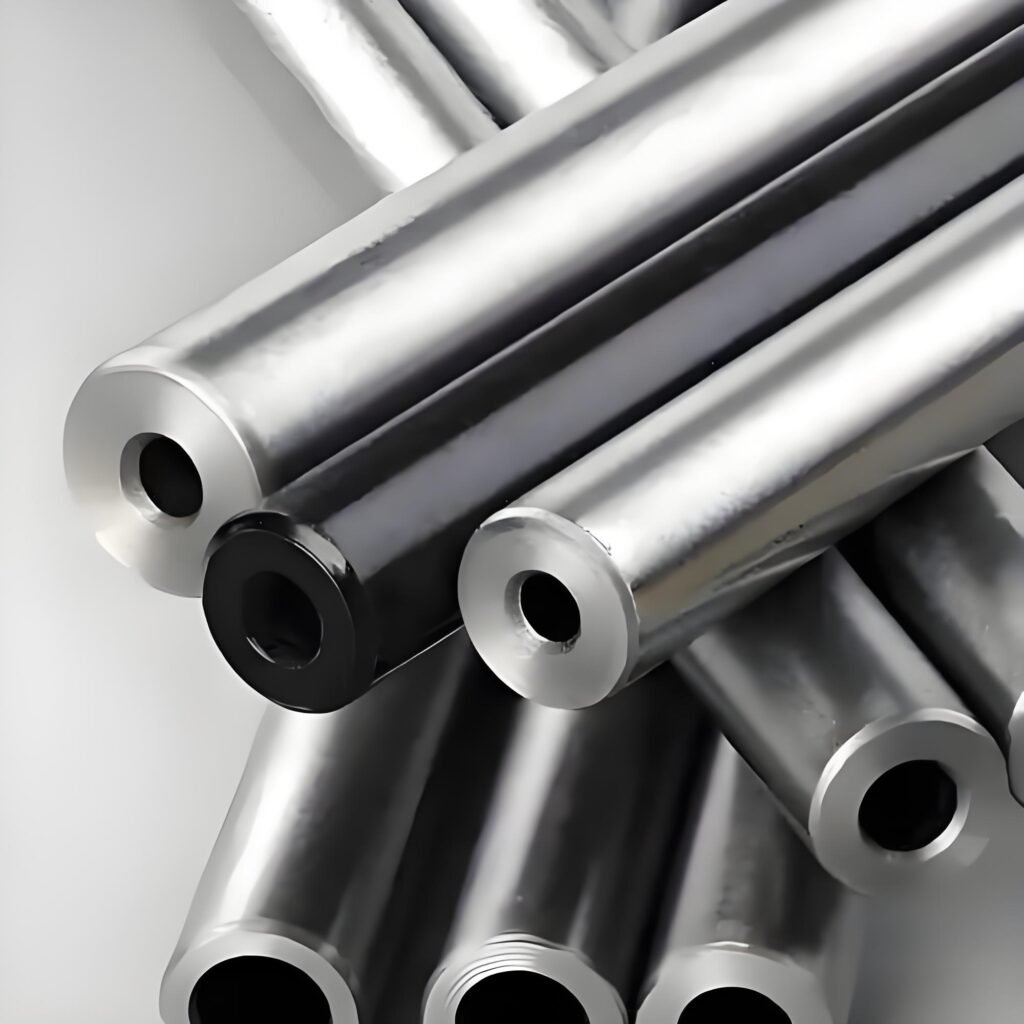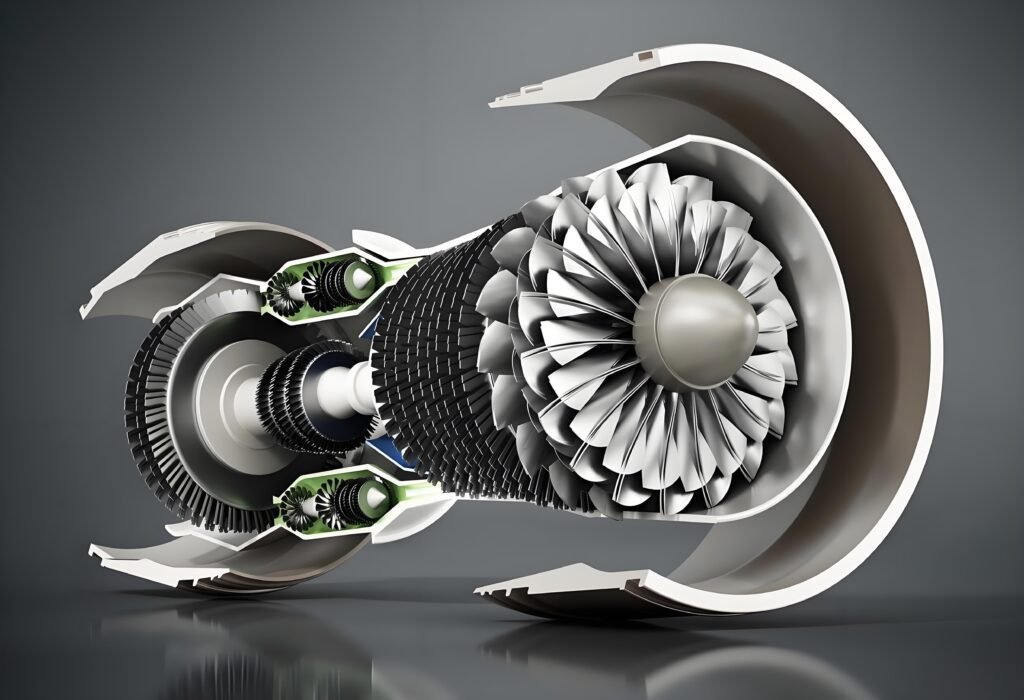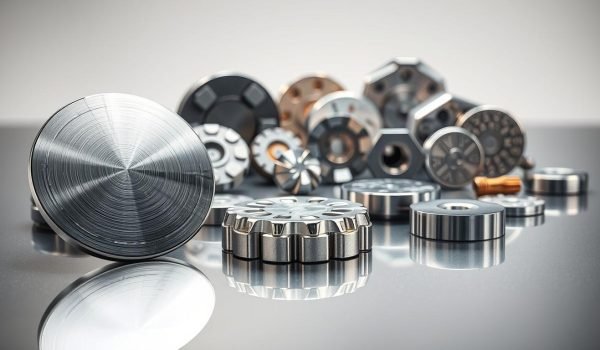Have you ever wondered why some metals keep performing where others fail under extreme heat and corrosive attack?
You need parts that last in turbines, reactors, and deep-sea systems. Understanding nickel alloys helps you pick the right materials for those demands.
Keep an eye on trade-offs such as cost, machinability, and welding controls. This introduction gives you a clear, practical start so you can judge which alloys to specify and which questions to bring to your supply partner.
What Is Nickel Alloy?
Knowing how nickel-rich metals are made and grouped speeds your path to the right part for demanding equipment.

Definition: engineered composition and performance
A nickel alloy is any engineered metal where nickel is a primary element used to shape performance. Makers tune composition and processing to deliver specific strength, corrosion resistance, and high-temperature behavior.
How they are made
Common additions include chromium, molybdenum, iron, copper, cobalt, and titanium. Producers melt, refine, cast into ingots, then hot or cold work the material to reach required properties.
Key Properties That Make Nickel Alloys Stand Out Today
When choosing materials for harsh service, focus on the core properties that determine long-term performance.
Corrosion and oxidation resistance
Good corrosion resistance and oxidation stability reduce downtime in seawater systems, acid plants, and hot flue gas service.
Grades such as Monel and Hastelloy resist pitting and chloride stress corrosion cracking, so you replace parts less often.
High-temperature strength and creep control
Many alloys keep strength at elevated temperatures up to roughly 980°C and resist creep under sustained load.
This makes them fit for turbines, engines, and furnace equipment where components must withstand high temperature without sagging.
Thermal expansion and conductivity
Thermal expansion varies: Invar gives ultra-low expansion for precision tooling, while some grades offer higher conductivity for heat spread.
Magnetic, electrical, and fabrication traits
Nickel-based families include soft-magnetic and high-resistivity members useful in motors and heating elements.
Weldability and formability are generally strong, but watch for hot cracking and work-hardening during machining; correct filler choice and procedures mitigate risks.
Types of Nickel Alloys and Where Each Excels
Each family of nickel metals brings a distinct mix of corrosion resistance, strength, and thermal behavior. Below is a buyer-focused snapshot to help you shortlist materials by application and fabrication needs.
Nickel-chromium superalloys — Inconel 600/625/718
Choose these for hot-section parts in turbines and engines. They offer high oxidation resistance and sustained strength. Grade 625 adds pitting and chloride SCC resistance for chemical or marine exposure.
Nickel-copper — Monel 400/K-500
Ideal for seawater pumps, shafts, and fasteners. Monel 400 resists corrosion in marine service; K-500 adds age-hardened strength for higher loads.
Nickel-molybdenum/chromium — Hastelloy C-22/C-276
Use these where mixed acids, chlorides, and variable oxidizing conditions threaten uptime. They deliver broad-spectrum corrosion resistance for process equipment.
Nickel-iron — Invar 36
When minimal thermal expansion matters, Invar keeps dimensional stability for metrology frames and precision instruments.
Nichrome and Nitinol
Nichrome gives stable, high electrical resistivity for heating elements. Nitinol (Ni-Ti) provides shape-memory and superelastic performance for medical stents and actuators.
These types guide your material selection by properties and real-world applications, helping you avoid over- or under-specifying parts.
Nickel Alloys: Applications Across Industries
Across industries, specific grades earn their place by matching performance to real operating stresses. You need a clear map from service demands to proven materials so procurement and QA can act fast.

Aerospace
For turbine and engine hot sections, you’ll specify Inconel 625 or 718. These grades resist oxidation and retain strength at high temperatures so blades, seals, and bolting keep running life cycles longer.
Chemical processing
Use Hastelloy and selected Inconel in reactors, heat exchangers, piping, and vessels that face acidic or chlorinated streams. Their corrosion resistance helps stabilize product purity and cut downtime.
Oil & gas and petrochemical
In sour gas and high-pressure service, choose Monel, Inconel, or other corrosion-resistant grades for valves, downhole tools, and pressure vessels. Demand documented performance and traceable test reports when qualifying suppliers.
Marine, electronics, and medical
Monel 400/K-500 is common in seawater pumps and propellers for anti-fouling and chloride resistance. Nichrome and soft-magnetic grades fit connectors and heating elements in compact equipment.
Nitinol and Invar 36 serve medical stents and precision instruments where superelasticity or low expansion is critical.
Buyer guidance
Document target temperatures, flow chemistry, and inspection regimes early. List piping specs, flange materials, and welding procedures in procurement packages to speed qualification and preserve resistance to corrosion in service.
Benefits and Limitations of Using Nickel Alloys
Choosing high-performance metals requires a clear view of both benefits and manufacturing limits. Below is a concise, procurement-focused look to help you balance upfront cost, processing needs, and long-term uptime.
Some grades work-harden quickly, driving machining time and tool wear. Optimized tooling, coolants, and feeds are essential to protect surface integrity.
Welding needs tight control of heat input, filler metal, and postweld stress relief to avoid hot cracking, porosity, and distortion. Copper-rich grades may tarnish and can require finishing or passivation.
For parts with prolonged skin contact, test for sensitivity and consider barrier coatings. Finally, factor creep resistance into design allowables and inspection intervals when long dwell times matter.
Nickel Alloy Selection: Matching Properties to Your Requirements
Start with the service conditions and work backward to the grade that meets those demands. Define corrosive media, temperature range, pressure, cycles, and any regulatory requirements before you shortlist options.
Corrosive media, temperature range, and mechanical loads
For hot gas paths and oxidation control, specify Inconel 600, 625, or 718 for proven high-temperature strength. For mixed acids and chlorides, prioritize Hastelloy C-22 or C-276 to maximize chemical resistance.
Choose Monel 400 or K-500 for seawater and marine exposure. Use Invar 36 where ultra-low thermal expansion is critical for precision assemblies.
Design and fabrication implications
Translate loads and temperatures into strength allowables and inspection targets. Set section thickness, joint design, and tolerances up front to reduce rework and distortion.
Align piping, valves, and vessels materials to avoid galvanic risks. Document welding procedures, postweld heat treatment, and NDE acceptance criteria so you protect integrity during processing and field repairs.
Close the package with a procurement-ready datasheet and drawing notes so you can quote, qualify, and deliver with predictable lead times.
From Material to Part: Processing, Fabrication, and Surface Considerations
From cutting to final finish, every step affects how long a component lasts in service.
Welding and machining best practices
Plan machining for rapid work‑hardening grades. Use sharp tooling, conservative stepovers, and controlled feeds. Apply suitable coolants to protect the surface and tooling life.
Qualify WPS and PQR for each joint. Control heat input, interpass temperature, and choose matching filler metals to prevent hot cracking and porosity. Fixture parts to limit distortion and manage residual stress.
Finishing, passivation, and protection
After fabrication, clean parts to remove embedded contaminants. Use passivation to restore corrosion resistance and reduce oxidation on exposed surfaces.
Copper‑rich materials can tarnish; specify polishing, coatings, or protective films when appearance or reactivity matters. For high‑temperature service verify creep allowables and consider postweld heat treatment to stabilize microstructure.
Document inspection checkpoints for weld quality, dimensions, and surface condition. Coordinate materials handling and piping practices to avoid cross‑contamination and keep traceability through the process route. Align shop procedures with your acceptance criteria to ensure first‑article success.
Conclusion
A clear link from service demands to specification closes the gap between design and reliable parts.
You’ve seen how nickel and selected alloy families deliver corrosion resistance, high-temperature strength, and controlled expansion for piping, turbine, and engine hardware. Match those properties to your actual temperatures, chemistry, and load cycles to make the right choice today.
Plan fabrication early—address machining, welding, finishing, and QA in the spec so suppliers meet schedule and part integrity. When uncertainty remains, run a short instrumented trial to validate resistance, heat behavior, and dimensional stability before scaling production.
Fecision can translate your requirements into a manufacturable spec and supply parts across a wide range of industries with repeatable quality. Contact us to move from selection to sourced parts with confidence.




